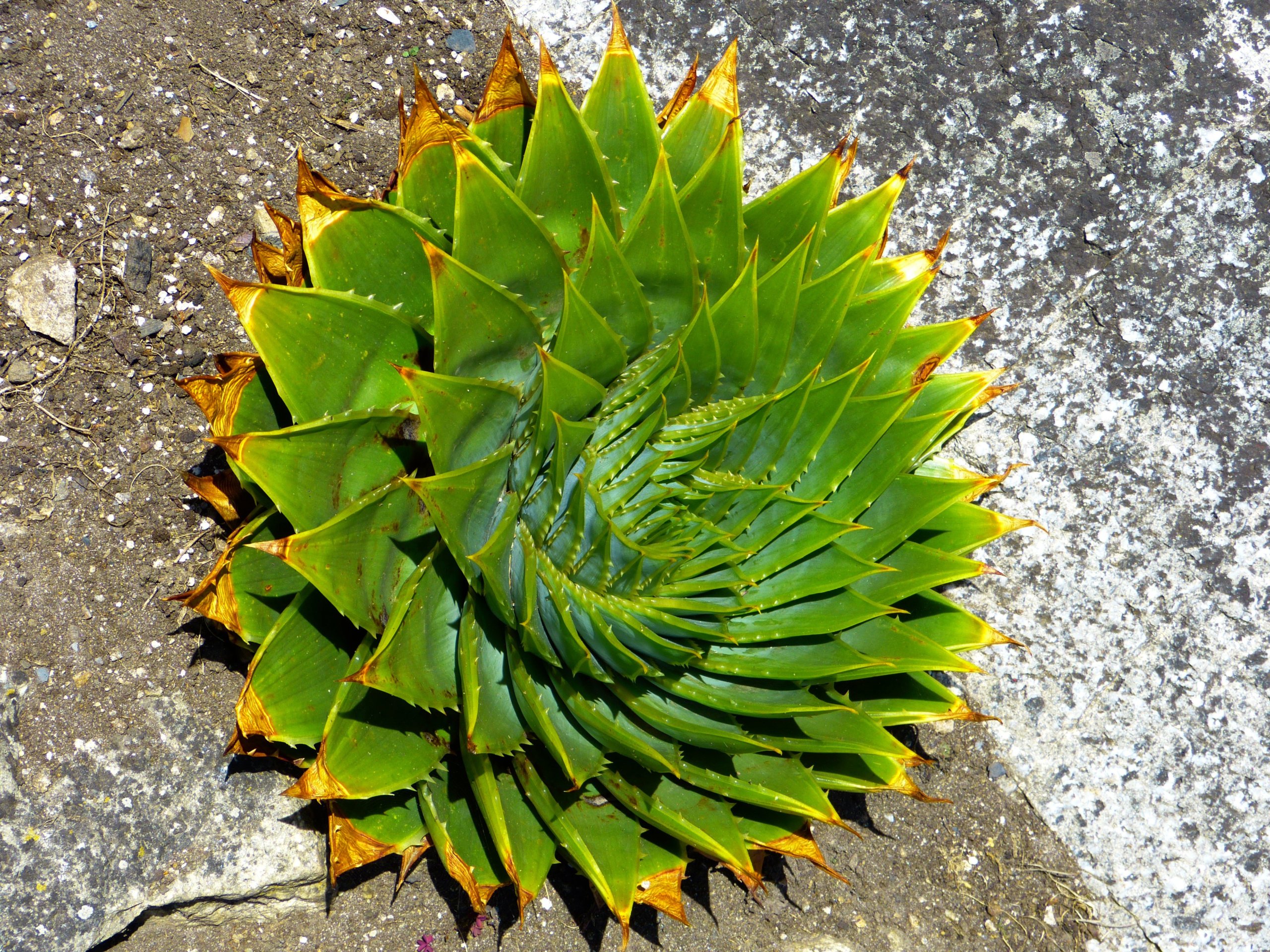Spiral Succulents
Spiral succulents are eye-catching plants with leaves or stems that grow in perfect spirals, creating unique geometric shapes. You may have noticed these patterns in nature, like in sunflowers or pine cones, but seeing them on succulents adds a special touch to your collection or garden. This spiral growth is not just beautiful; it shows how some plants use math-like rules to arrange their leaves efficiently.
You’ll find several types of spiral succulents, including the famous Spiral Aloe and certain spiral cactus varieties. These plants stand out because their unique twists draw attention right away, making them popular with gardeners and plant collectors alike. If you want to know what makes them special, how to care for them, or which types are best for beginners, you’ll find helpful answers here.
What Are Spiral Succulents?
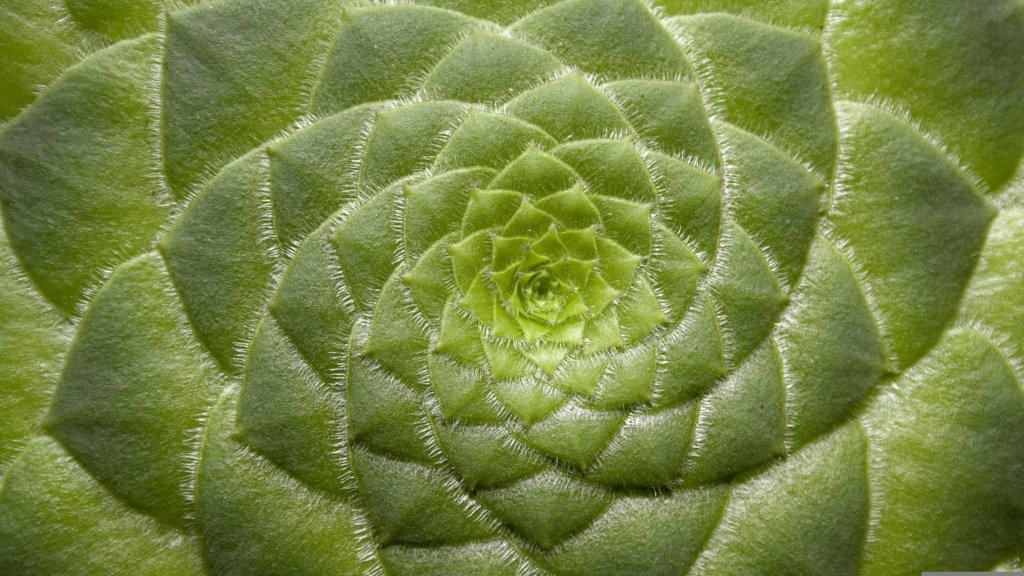
Spiral succulents stand out because of their special, twisting patterns and shapes. These plants are not only interesting to look at but also have unique growth habits and forms that make them popular choices for collections.
Defining Spiral Succulents and Unique Spiral Patterns
Spiral succulents are varieties of succulents that grow with their leaves, stems, or tubercles arranged in a spiral pattern. This spiral can be seen winding around the plant’s main stem or spreading out from the center in a precise sequence.
The spiral shape shows up in both small, compact succulents and larger, columnar ones. The twisting pattern often gives the plant a sculptural look. Some succulents naturally develop this form through mutations or genetic factors.
Spiral placements are not just for looks. They help the plant get the best light, air, and water, improving its chances of survival in harsh conditions. The tight spiral allows more leaves to fit on the plant, which can help it capture sunlight more efficiently.
Fibonacci Spirals in Succulents
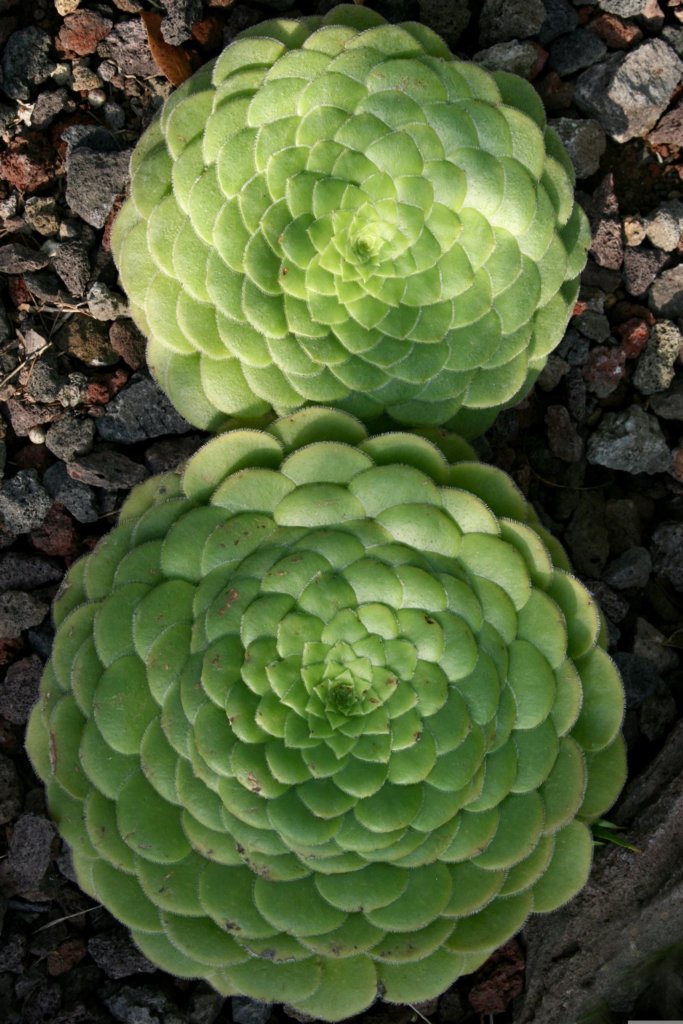
Many spiral succulents follow a math pattern called the Fibonacci sequence. This pattern appears in nature anywhere a spiral is needed, such as in sunflowers or pine cones. Each new leaf or tubercle on the succulent appears at a certain angle, leading to the spiral.
The common angle is roughly 137.5 degrees, which helps avoid leaf overlap. This arrangement means more leaves fit in less space, maximizing sun exposure. The Fibonacci spiral makes these plants look both organized and artistic even though it’s just how they grow in nature.
This pattern isn’t only beautiful but also functional. By growing in a Fibonacci spiral, succulents can handle sunlight extremes and water shortages better. This shape can sometimes help with draining water away from the main stem, protecting against rot.
Popular Types of Spiral Succulents
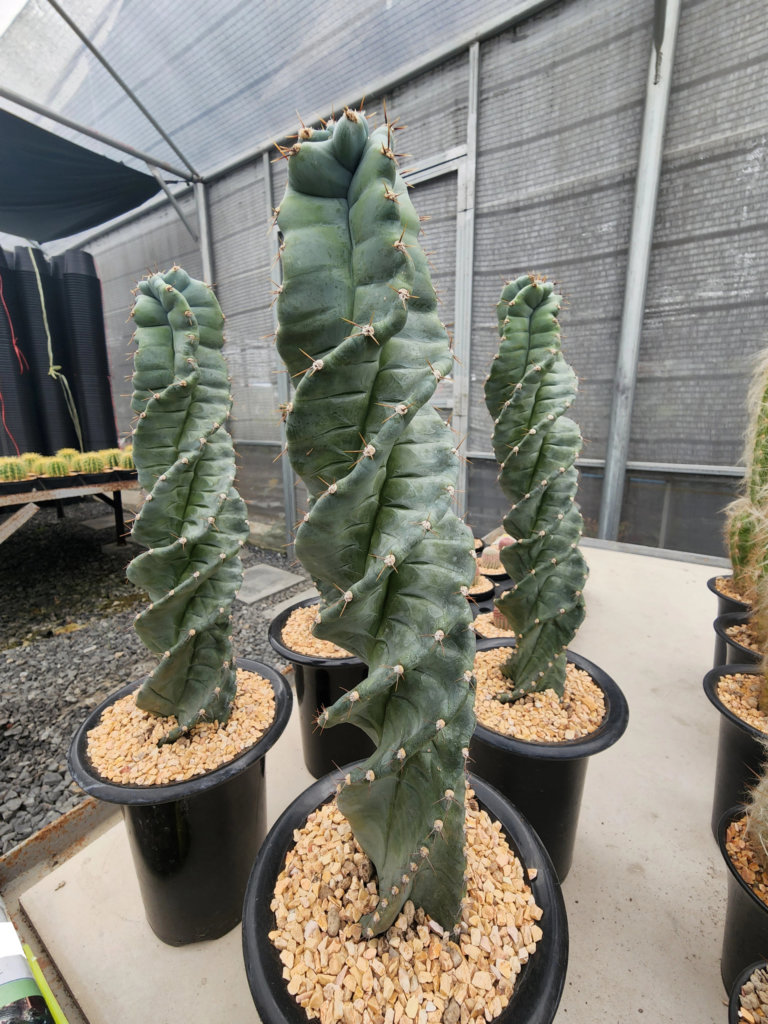
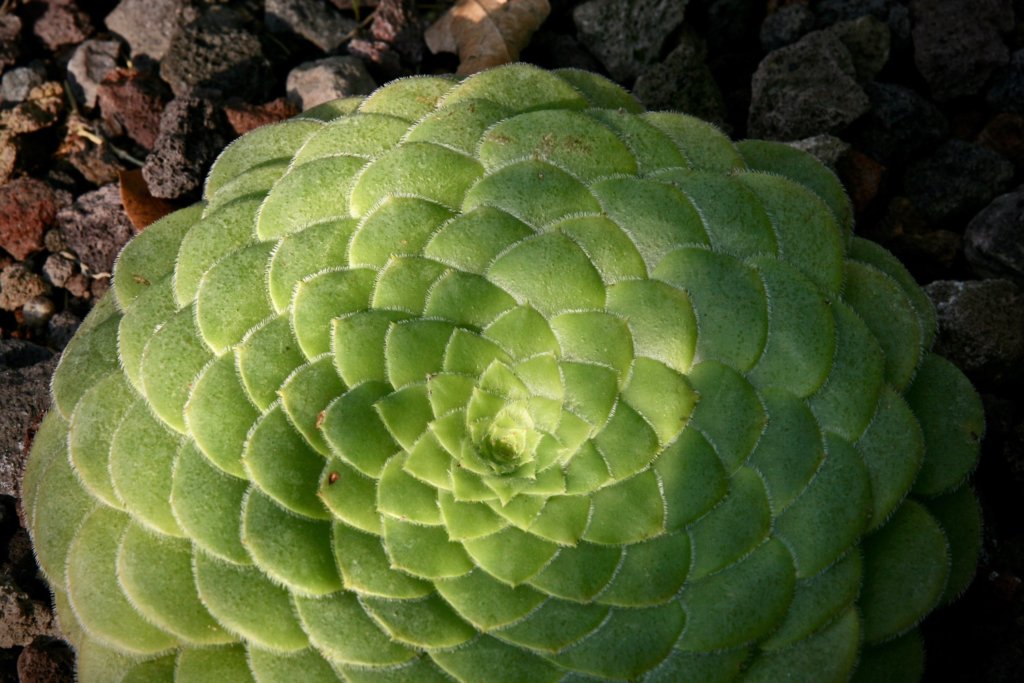
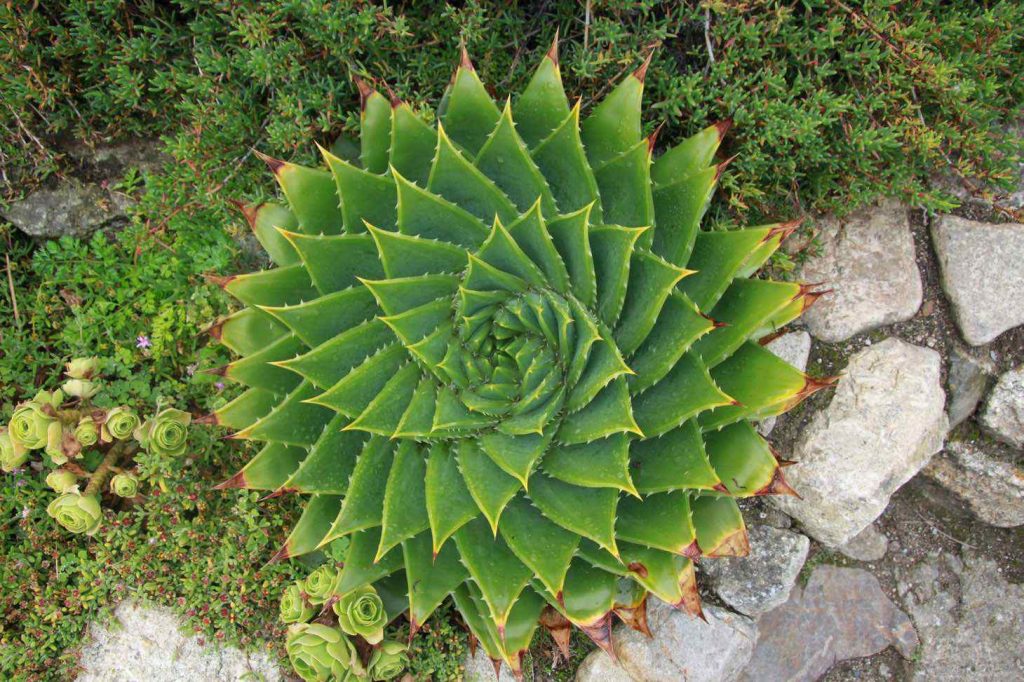
Several well-known succulents feature noticeable spirals. The spiral cactus, like Cereus forbesii ‘Spiralis’, has a twisting main stem that can reach up to 5 meters tall. Its blue-green color and spiral form are both special and easy to spot. This plant grows fast for a cactus and is fairly easy to care for.
Aeonium tabuliforme forms a flat, rounded rosette with its lime-green leaves arranged in a clear spiral. Aloe polyphylla, or Spiral Aloe, is another famous example. Its leaves create a perfect spiral that looks almost like a living work of art.
Aloe Polyphylla: The Iconic Spiral Aloe
Aloe polyphylla, known as the Spiral Aloe, is famous for its unusual geometric leaf arrangement. Native to the high mountains in southern Africa, this plant stands out for its spiral structure and is prized by collectors and gardeners for its beauty.
Origin and Natural Habitat in Lesotho and South Africa
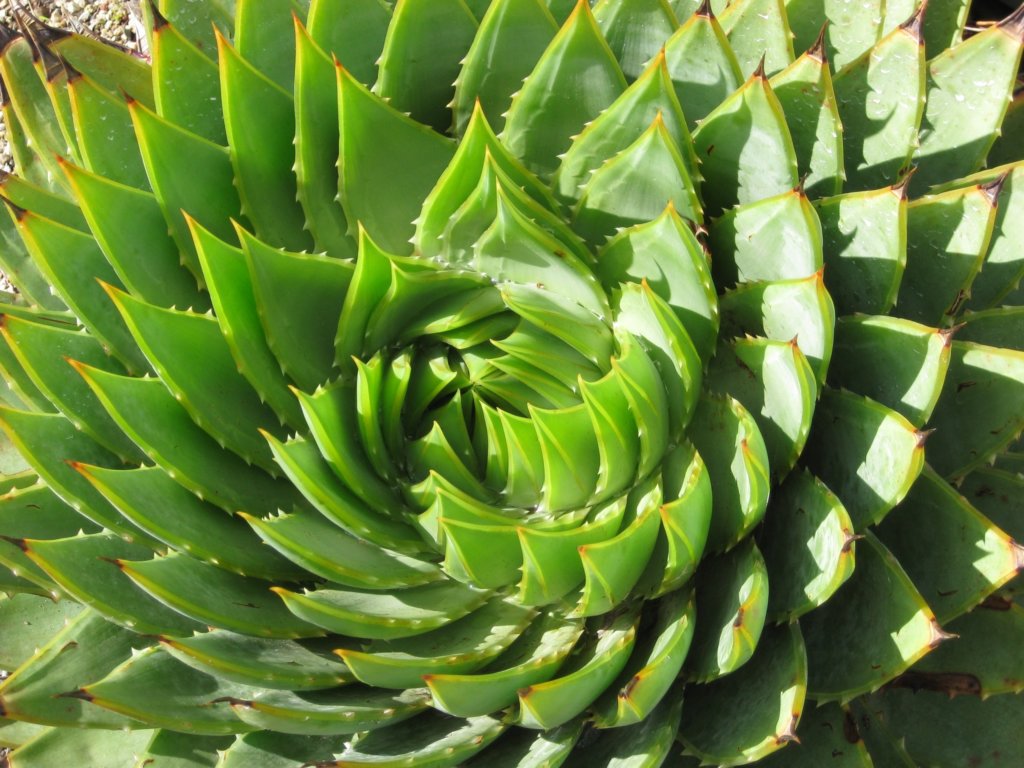
Spiral Aloe comes from the Kingdom of Lesotho, a country located in the mountains of southern Africa. It is also found in border regions of South Africa.
You can find it growing on steep, rocky slopes at elevations between 2,000–2,500 meters (about 6,500–8,200 feet). The climate here is cool and moist, with frequent fog and occasional snow.
Aloe polyphylla is adapted to these tough conditions. It often grows in cracks and crevices that provide excellent drainage, which is vital for its health. In its natural habitat, the plant is threatened due to over-collection and habitat loss, making wild populations rare.
Distinctive Spiral Geometry and Growth Patterns
One of the most striking features of the Spiral Aloe is its rosette of leaves that forms a perfect geometric spiral. Every plant will arrange its leaves in either a clockwise or counterclockwise spiral.
Each mature rosette often contains five rows with 75 to 150 triangular, fleshy leaves.
This precise leaf arrangement provides both strength and efficient water capture, helping the plant survive harsh mountain climates. During spring, Aloe polyphylla sometimes produces pink-orange tubular flowers on tall, upright stalks, though it rarely flowers outside its native range.
Key features:
- 5 spiral rows of leaves
- Leaves are sharp and spiny
- Can reach up to 3 feet (90 cm) in diameter
Comparisons to Other Aloe Species
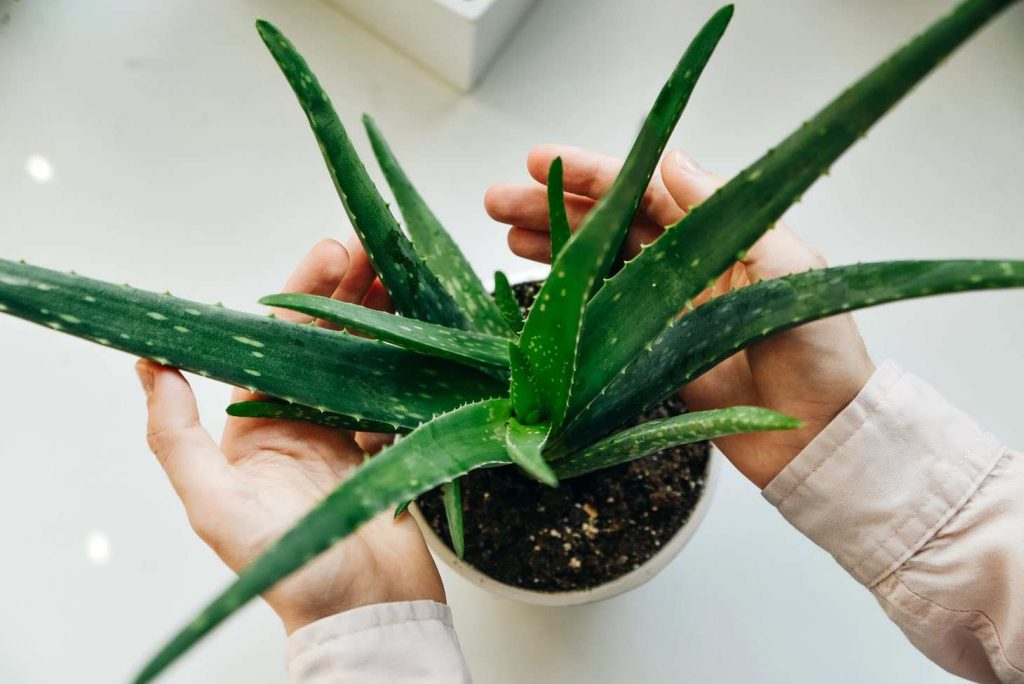
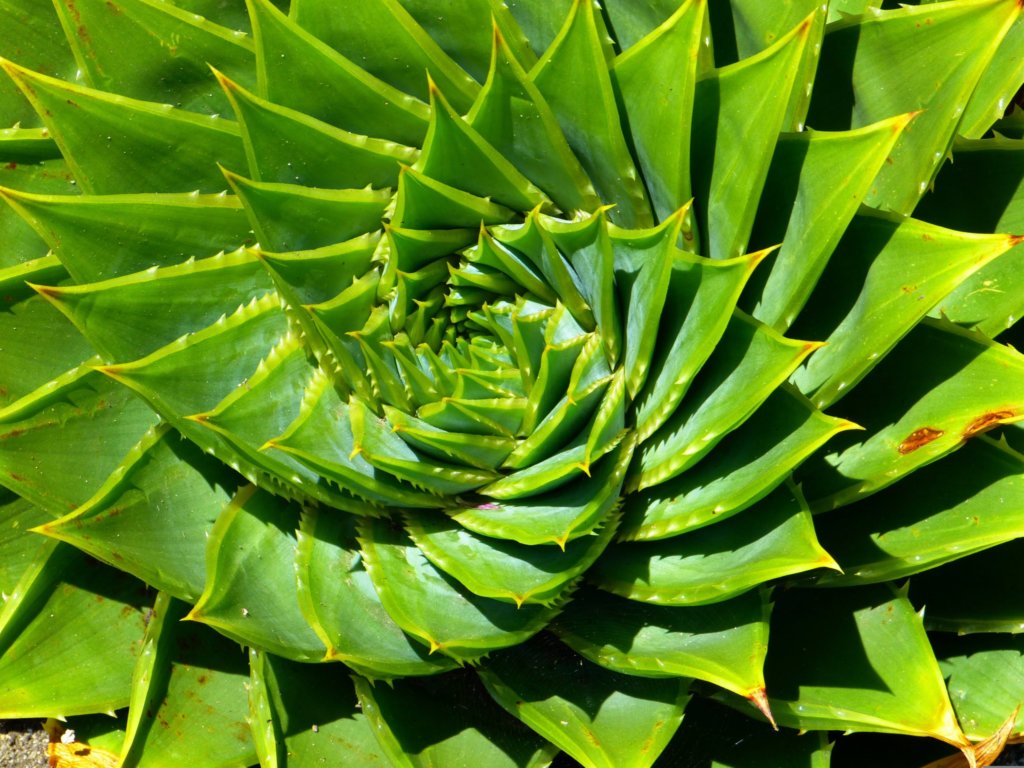
Aloe polyphylla is different from most other aloe species because of its spiral-shaped leaf pattern. Other aloes usually have whorled or loose rosettes, but not tight spirals.
Compared with common species like Aloe vera or Aloe arborescens, Spiral Aloe’s structure is more precise and geometrical. The leaves of Aloe polyphylla are shorter, plumper, and more tightly packed together.
While many other aloes can thrive in warm, dry climates, Aloe polyphylla prefers cooler, moist conditions and needs excellent drainage. It is more difficult to grow outside its homeland, making it a rare feature in gardens.

